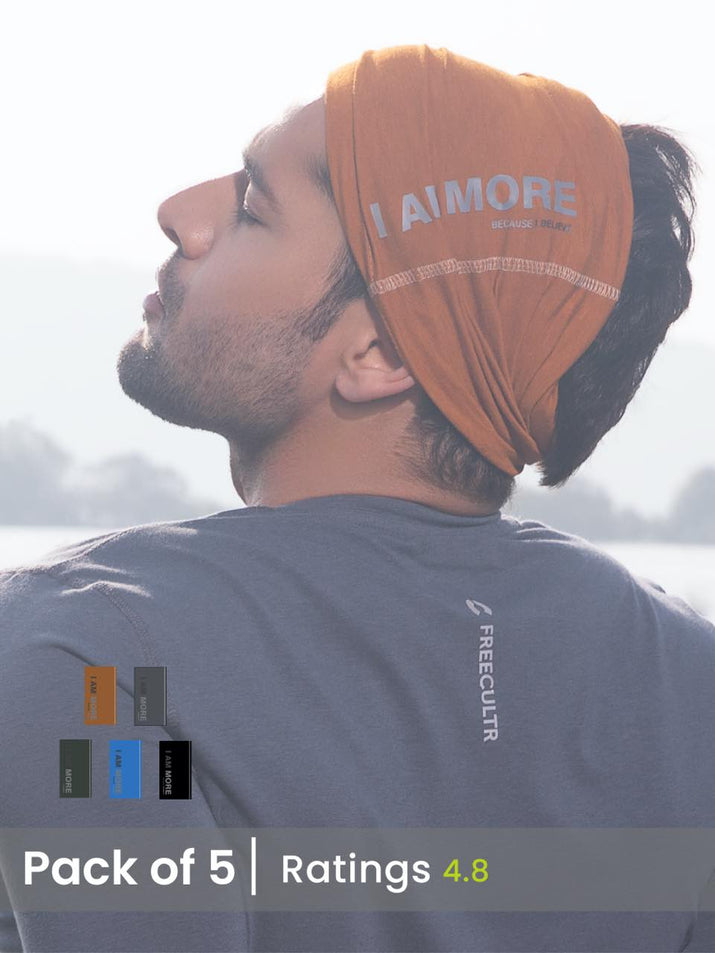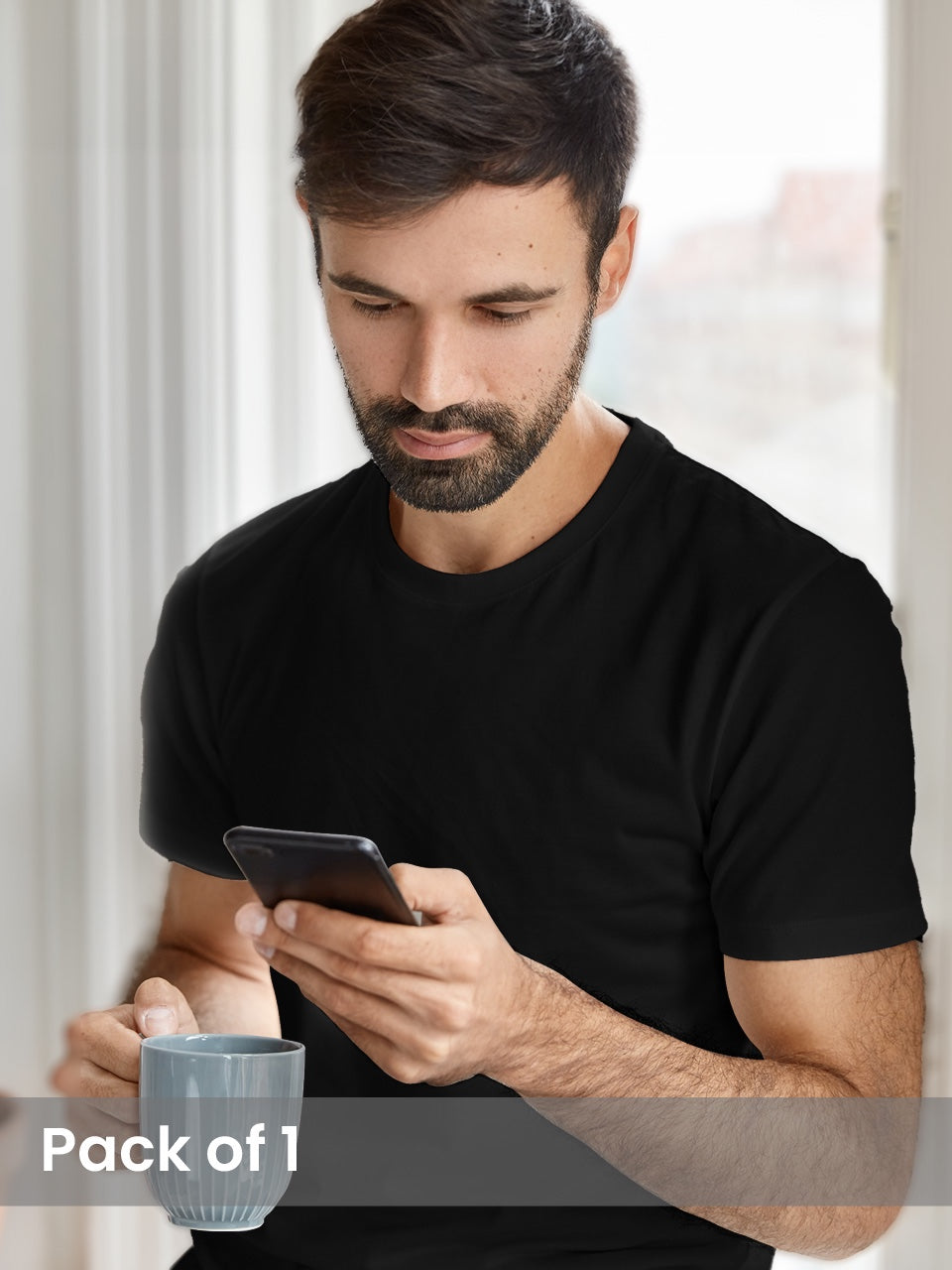Beyond a simple square of fabric, the bandana has morphed from a utilitarian workwear staple to a multifaceted fashion accessory. Consider the recent rise in popularity of upcycled clothing: bandanas are increasingly incorporated into patchwork designs and sustainable apparel, reflecting a growing eco-conscious consumer base. But the bandana's story doesn't end with style. From safeguarding hair during outdoor adventures to functioning as a makeshift face covering in dusty environments, its practical applications remain relevant. With its diverse range of patterns, from classic paisley to contemporary geometric designs, the bandana allows for individual expression and practical utility. Let's explore the myriad uses and stylish iterations of this iconic piece, uncovering its enduring appeal in both fashion and function.

The Versatile World of Bandanas: Beyond a Simple Square of Fabric
Bandanas. These seemingly simple squares of fabric have a history as rich and varied as the patterns they sport. More than just a fashion accessory, the bandana has served practical purposes for centuries, evolving from workwear essential to a symbol of rebellion. Finally, to a ubiquitous fashion statement. Understanding the bandana means understanding its functionality, its symbolism. The myriad ways it can be incorporated into your life.A History Woven in Threads
The word "bandana" itself is derived from the Sanskrit word "badhnati," meaning "to bind or tie." Its roots can be traced back to South Asia, where dyed cloth squares were used for centuries. The modern bandana, But, gained prominence in the American West, where cowboys and laborers used them to protect themselves from dust and sweat. These were often made of durable cotton and featured the now-iconic paisley design, which itself has Persian origins. Over time, the bandana's symbolism shifted. During World War II, women working in factories wore bandanas as a practical way to keep their hair out of their faces. In the latter half of the 20th century, bandanas became associated with various subcultures, from bikers to gang members, each using specific colors and patterns to signify affiliation. Today, the bandana has largely shed these associations and is embraced as a versatile and accessible accessory by people from all walks of life.Practical Applications: More Than Just a Fashion Statement
While bandanas are undoubtedly stylish, their practical uses are just as compelling. Consider these scenarios:- Dust Mask: Working in a dusty environment? A bandana can be easily tied around the nose and mouth to filter out particles. This was its primary function in the Old West.
- Sweatband: During physical activity, a bandana tied around the forehead can absorb sweat, keeping it out of your eyes.
- Headband: Keep your hair out of your face while hiking, gardening, or just relaxing at home.
- First-Aid: In an emergency, a bandana can be used as a makeshift bandage, sling, or tourniquet.
- Signal: A brightly colored bandana can be used as a signal flag in distress situations.
- Cooling Device: Wetting a bandana and tying it around your neck can provide a cooling effect in hot weather.
- Pot Holder: Folded several times, a bandana can be used to protect your hands from hot surfaces.
- Pre-filter for water: A bandana can be used to filter large particles from water before boiling to make it safer to drink.
- Pet Accessory: Bandanas are a popular and safe accessory for pets, adding a touch of style while also allowing for easy identification.
Styling Your Bandana: A Kaleidoscope of Options
The ways to style a bandana are virtually limitless, restricted only by your imagination. Here are a few popular methods:- Headband: Fold the bandana into a strip and tie it around your forehead, either with the knot at the top or underneath your hair.
- Neck Scarf: Fold the bandana into a triangle and tie it around your neck, either loosely or snugly.
- Wrist Accessory: Tie the bandana around your wrist for a casual, edgy look.
- Hair Tie: Use the bandana to tie up your ponytail or bun, adding a pop of color and pattern.
- Pocket Square: Fold the bandana neatly and place it in your breast pocket for a touch of sophistication.
- Bag Accessory: Tie the bandana around the handle of your purse or backpack for a personalized touch.
- Top: Fold and tie two bandanas together to create a halter top or crop top.
- Face Covering: During events where dust or pollutants are present, a bandana can serve as a stylish and practical face covering.
Decoding the Patterns: From Paisley to Prints
Bandanas come in a wide array of patterns, each with its own history and aesthetic appeal. While the classic paisley remains the most iconic, other popular options include:- Paisley: The teardrop-shaped motif, often associated with Persian and Indian textiles, is the quintessential bandana pattern.
- Solid Colors: Simple and versatile, solid-colored bandanas can be easily paired with any outfit.
- Polka Dots: A playful and timeless pattern that adds a touch of whimsy to any look.
- Stripes: Classic and versatile, striped bandanas can be worn in a variety of ways.
- Geometric Prints: Modern and eye-catching, geometric prints add a contemporary flair to the bandana.
- Floral Prints: Romantic and feminine, floral bandanas are perfect for adding a touch of sweetness to your style.
- Novelty Prints: From skulls to stars to quirky characters, novelty prints allow you to express your unique personality.
Choosing the Right Fabric: Comfort and Durability
The most common material for bandanas is cotton, prized for its breathability, affordability. Ease of care. But, other fabrics are also used, each with its own advantages:- Cotton: Soft, absorbent. Easy to wash, cotton is the go-to choice for everyday wear.
- Polyester: Durable and wrinkle-resistant, polyester bandanas are ideal for outdoor activities.
- Silk: Luxurious and lightweight, silk bandanas add a touch of elegance to any outfit.
- Linen: Breathable and absorbent, linen bandanas are perfect for hot weather.
- Cotton Blend: A blend of cotton and other fibers like polyester can offer a combination of comfort, durability. Wrinkle resistance.
Fashion & Comfort: Finding the Perfect Balance
Bandanas offer a rare combination of fashion & comfort. They are incredibly versatile accessories that can be styled in countless ways, adding a touch of personality and flair to any outfit. At the same time, they are made from comfortable and breathable fabrics like cotton, making them a pleasure to wear. The key to finding the perfect balance is to choose a bandana that reflects your personal style and suits your lifestyle. Consider the color, pattern. Fabric of the bandana. Do you prefer bold and vibrant colors or more muted and neutral tones? Do you like classic patterns like paisley or more modern geometric prints? Is comfort more vital to you than style, or vice versa? Experiment with different ways of wearing the bandana to find what feels most comfortable and looks best on you. Whether you're using it as a headband, neck scarf, wrist accessory, or hair tie, make sure it fits properly and doesn't feel too tight or restrictive. Ultimately, the best bandana is one that makes you feel confident and comfortable. So go ahead and explore the wide world of bandanas and find the perfect one (or several!) to add to your wardrobe.Bandanas in Pop Culture: A Symbol of Rebellion and Individuality
From rock stars to movie characters, bandanas have long been a staple in pop culture, often symbolizing rebellion, individuality. A carefree spirit. Think of Bruce Springsteen rocking a bandana on stage, or Rosie the Riveter flexing her bicep with a bandana firmly tied around her head. In film, bandanas have been used to create iconic looks, from the rugged cowboy to the rebellious biker. They can add a touch of mystery, danger, or simply a cool and effortless vibe. Even in the world of high fashion, bandanas have made their mark, appearing on runways and in editorial shoots. Designers have embraced the bandana's versatility and its ability to add a touch of edge to even the most sophisticated looks. The bandana's enduring presence in pop culture is a testament to its versatility and its ability to transcend trends. It's a simple accessory that can speak volumes, conveying a sense of style, personality. Attitude.Conclusion
So, you've learned the bandana isn't just a cowboy accessory anymore! It's a chameleon in your wardrobe, ready to adapt to your needs and express your personal style. From a chic head scarf channeling the recent resurgence of 90s fashion [https://www. Vogue. Com/](https://www. Vogue. Com/) to a practical sweatband during your workout, its uses are truly limitless. My personal tip? Invest in a few bandanas with different patterns and fabrics. I keep a silk bandana tied to my handbag handle – it adds a pop of color and can quickly transform into a face covering or hair tie. Don't be afraid to experiment with different folds and knots; a simple change can completely alter the look. Now, go unleash your creativity and make the bandana your signature statement piece!More Articles
Bandana for Men – Stylish Accessory & Sun ProtectionTees – Soft Cotton & Durable Fabric
Women's Tank Top – Moisture-Wicking & Versatile Style
Men's Trunks – Quick-Drying & Comfortable Waistband
FAQs
So, what exactly can you do with a bandana? I always see people wearing them, but...
Ah, the age-old bandana question! , a bandana is your fabric Swiss Army knife. You can wear it as a headband to keep your hair back, tie it around your neck for a pop of color, use it as a face covering (especially handy these days!) , tie it to your bag for some flair, or even fold it up and use it as a makeshift wristband. Seriously, the possibilities are pretty endless!
Are bandanas just for cowboys and bikers? I'm not sure it's 'my style'.
Definitely not! While they have that rugged history, bandanas have totally transcended those stereotypes. You can find them in so many different colors, patterns. Fabrics now that there's bound to be one that fits your style. Think floral patterns for a bohemian vibe, geometric prints for something modern, or even just solid colors for a minimalist look.
Okay, patterns are cool. How do I actually tie one of these things without looking like a toddler?
Good question! There are tons of tutorials online. A simple square knot or a reef knot works great for most styles. For a headband, try folding it into a triangle and tying the ends under your hair. For a neckerchief, roll it up and tie it loosely in front. Practice makes perfect, so don't be afraid to experiment!
What kind of material are bandanas usually made from?
Most bandanas are made from cotton, which is a classic for its affordability and breathability. You can also find them in silk, linen, or even blends, which can give them a different texture and drape. Cotton is definitely the most common and easiest to care for, though!
Can you wash them? I'd imagine they get pretty sweaty if you're using them as a headband.
Absolutely! In fact, you should wash them regularly, especially if you're using them for sweat absorption. Most cotton bandanas can be tossed in the washing machine with your regular clothes. Just avoid harsh detergents or bleach, which can fade the colors.
I've seen some really intricate bandana patterns. Are those printed or dyed?
It depends! Simpler patterns are often printed, while more complex designs might be dyed using techniques like block printing or tie-dye. The method used can affect the price and the way the pattern looks and feels, so it's something to consider when you're shopping.
Are there different sizes of bandanas? Or are they pretty much all the same?
You know, that's a great point! While the standard size is around 22x22 inches, you can definitely find smaller 'pocket square' sized bandanas or even larger ones. The size you choose will depend on how you plan to use it.






